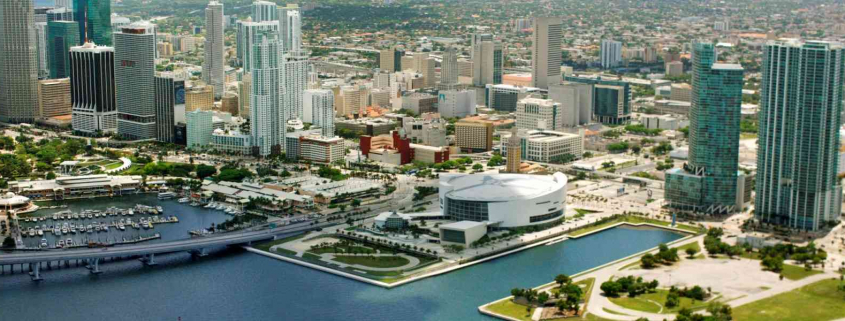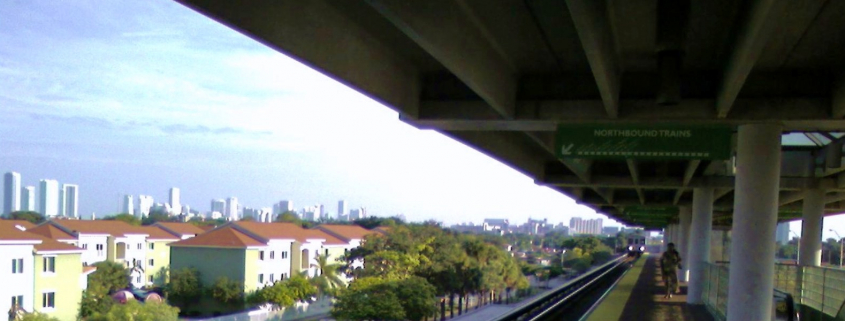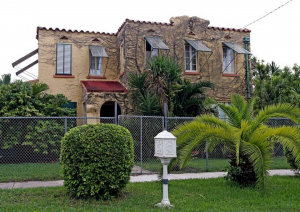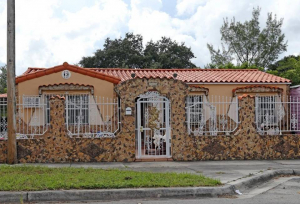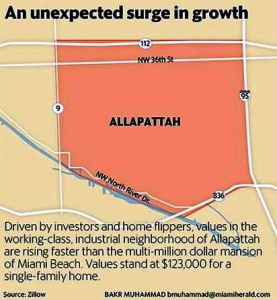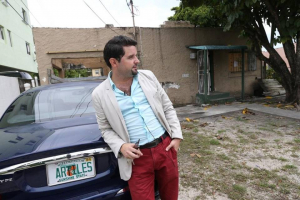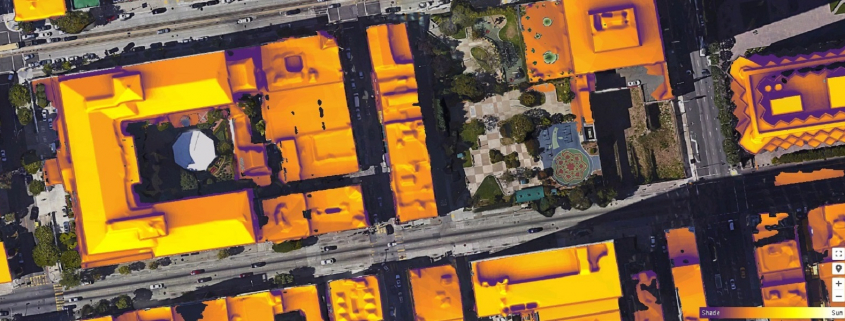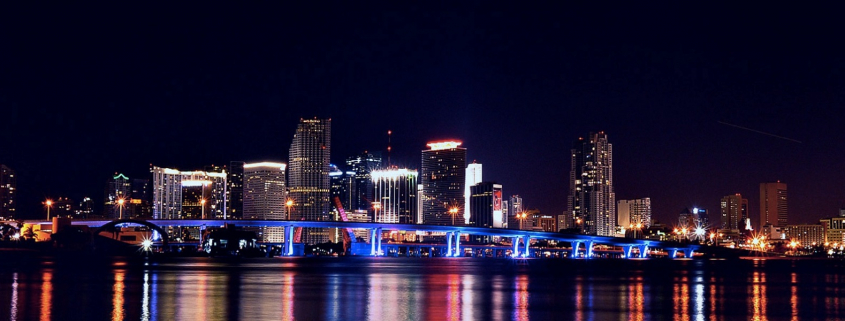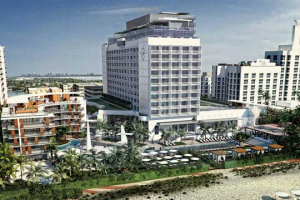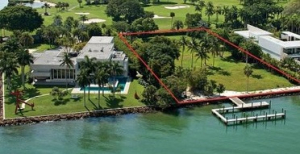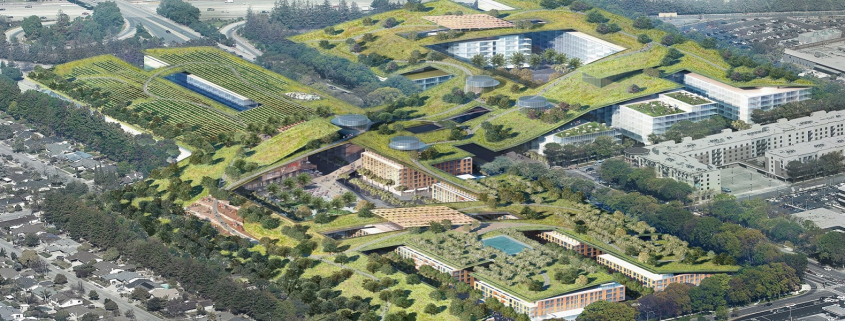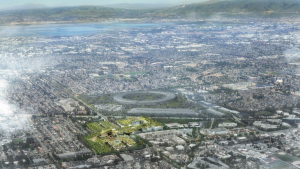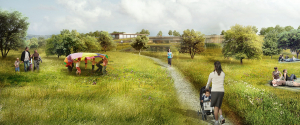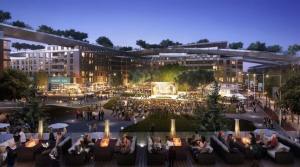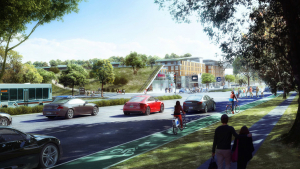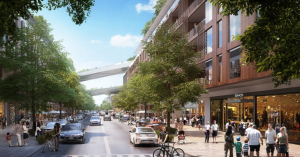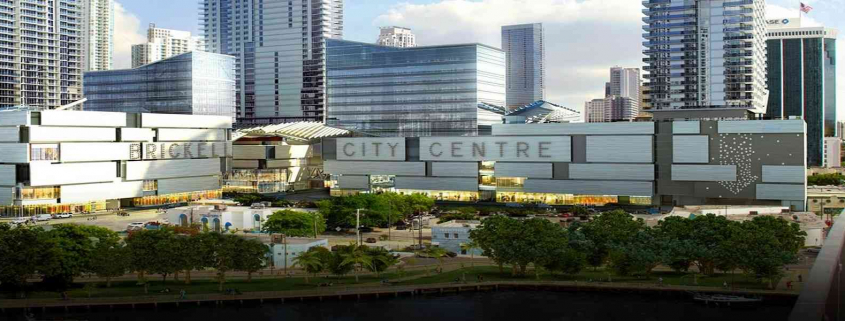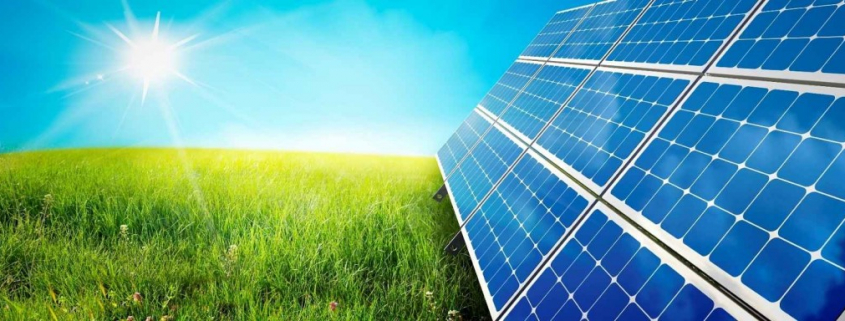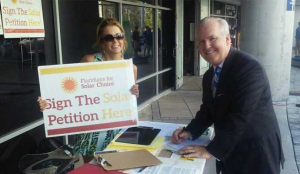Florida is known to be the wettest state in the nation, but a 13-day winter cold front in 2010 sent two Hillsborough towns into a water management crisis.
Excessive groundwater pumping by strawberry farmers spraying to keep their produce alive caused wells to dry up, sinkholes to open and the amount of water available to neighboring households to plummet.
Since then, the Southwest Florida Water Management District, or Swiftmud, has taken a hard look at the cumulative effects of groundwater pumping, said Claire Muirehead, water use permit evaluation manager.
“We need to be able to provide water supply for the people that we have in our state now, but we also need to make sure that there is available water supply for future generations while also protecting the environment,” Muirehead said.
Florida pulls almost 15 billion gallons of water per day from fractures and pores beneath the Earth’s surface and from existing surface water, according to data compiled by AP-APME from the U.S. Geological Survey’s National Water-Use Information Program. About 14 billion gallons are used each day in households and factories and for irrigation, livestock, aquaculture, thermoelectric power plants and mining.
Hillsborough County is the biggest consumer, drawing 1.9 billion gallons per day and using 1.6 billion gallons per day on its power plants.
Sarasota and Manatee, by contrast, are among the counties that pump the least amount of groundwater each day. Public consumption and irrigation are the biggest draws.
Public water use in Sarasota County requires about 31.3 million gallons per day, while irrigation takes 10.3 million gallons, according to the USGS. data. The county is now focusing on preparing for population growth, said Christopher Cole, Sarasota County’s public utilities planning supervisor.
“It’s always been a challenging process,” Cole said. “I have reports that go back to the late ’60s talking about planning for future water supply to meet future demands.”
Manatee County, with a large swath of agriculture remaining, swallows 126.5 million gallons on a daily basis, with 84.9 million gallons going to irrigation. It is the ninth largest user of irrigated water in the state. Palm Beach and Hendry top the list.
THE STATEWIDE PICTURE
Statewide, electric power plants are among the largest users of water.
They boil the precious resource to drive their steam-driven turbine generators, then use it to cool their power producing equipment and the hot water before discharge. They also use water for scrubbing and other forms of pollution abatement.
The counties that pull the most water are the ones fueling and cooling thermoelectric plants. The fact that power plants are such gluttons for water is why they are built along lakes and rivers. But since the 1970s, power plants have relied increasingly on reclaimed water from sewage plants.
“We now have 10 power plants in the district using reclaimed water and we are continuing to encourage anyone who has a power plant to use reclaimed water,” said Anthony Andrade, Swiftmud’s reuse coordinator.
The Big Bend plant in Apollo Beach uses it. So does the City of Tampa‘s waste-to-energy facility on McKay Bay and the Duke Energy plant in Bartow.
“The wonderful thing about Florida is that farms and power plants need that water in different seasons,” Andrade said. “Power plants need it most in the summer when it rains and lot, and farms need it in the winter when it’s dry.”
Florida’s five water management districts have encouraged use of reclaimed water across industries in order to reduce demand for groundwater pumping and promote water conservation.
“We have to balance the water use between the environment and our needs,” Cole said. “We can’t use all the water and not leave any for nature.”
Source: Watchdog Sarasota


